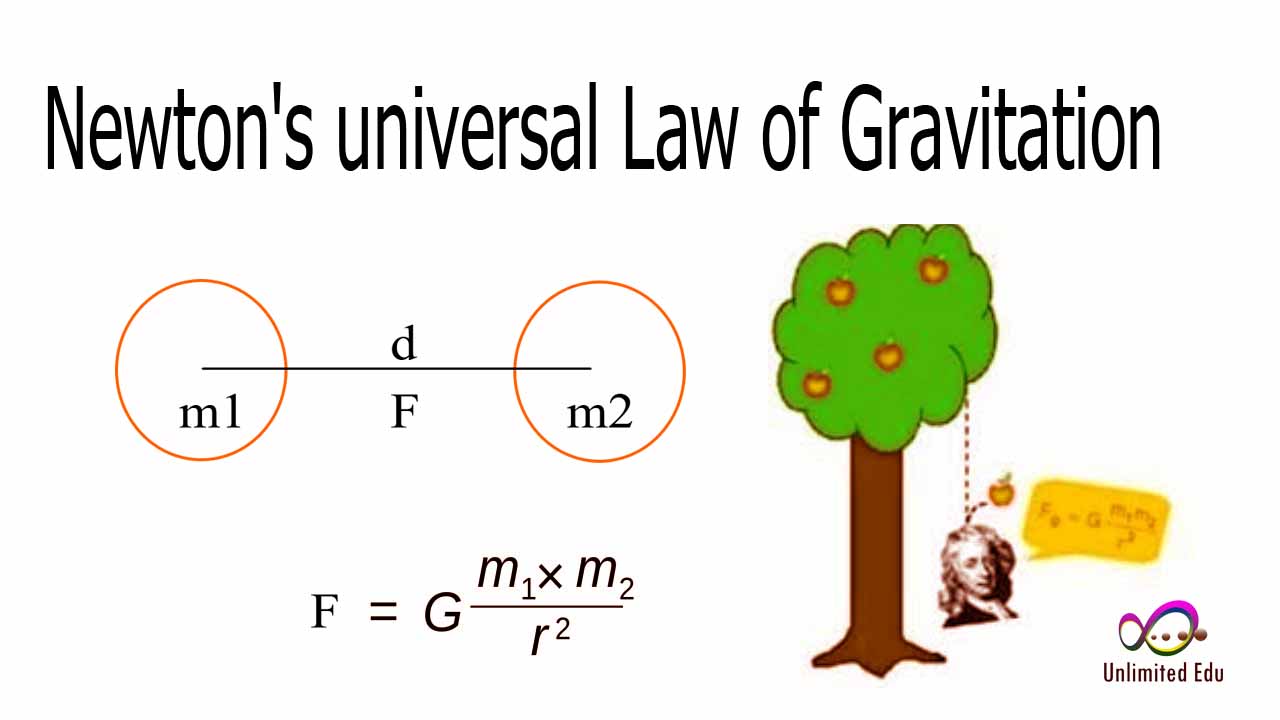In the fascinating realm of physics, the interplay between distance and mass has long captured the imagination of scientists and enthusiasts alike. The concept of decreasing the distance between the objects increasing the masses of the surrounding entities raises intriguing questions about gravitational forces, interactions, and the nature of matter itself. Understanding this relationship not only deepens our comprehension of the universe but also challenges our perceptions of how mass influences and is influenced by spatial dynamics.
As we delve into this topic, we will explore the fundamental principles that govern the gravitational force between objects. The law of universal gravitation posits that any two masses experience an attractive force proportional to the product of their masses and inversely proportional to the square of the distance between them. This principle suggests that as we decrease the distance between objects, we not only increase the gravitational pull but also the potential for mass to influence one another in profound ways.
This article aims to dissect the complexities of this relationship, addressing key questions and theories while providing insights into the implications of these interactions. From the behavior of celestial bodies to the microcosmic world of atoms, the dynamics of decreasing the distance between the objects increasing the masses of their influence can be observed across various scales of existence. Join us as we embark on this scientific journey to uncover the mysteries of mass and distance.
What Is the Law of Universal Gravitation?
The law of universal gravitation, formulated by Sir Isaac Newton in the 17th century, states that every particle attracts every other particle in the universe with a force that is directly proportional to the product of their masses and inversely proportional to the square of the distance between their centers. This can be mathematically represented as:
F = G * (m1 * m2) / r²
Where:
- F is the gravitational force between the objects
- G is the gravitational constant
- m1 and m2 are the masses of the objects
- r is the distance between the centers of the two masses
How Does Decreasing Distance Affect Gravitational Force?
As we decrease the distance between two objects, we observe a significant increase in the gravitational force exerted between them. This relationship is vital for understanding how planets, stars, and galaxies interact with one another. For example, when two celestial bodies draw closer together, they experience a stronger gravitational pull, which can lead to phenomena such as orbital changes, tidal forces, and even collisions.
What Are the Implications of Increasing Masses?
When the masses of the objects involved in a gravitational interaction increase, the gravitational force also intensifies. This escalation can lead to various effects, including:
- Increased orbital stability for planets and moons
- Stronger tidal forces affecting coastal regions on Earth
- Potential for forming new celestial bodies through accretion
How Do Black Holes Demonstrate This Relationship?
Black holes are perhaps the most extreme example of the relationship between mass and distance. As matter collapses under its own gravity, it creates a region in space where the gravitational pull is so strong that not even light can escape. The mass of a black hole is concentrated in a surprisingly small area, demonstrating how decreasing distance while increasing mass leads to extraordinary gravitational effects.
Can You Explain Gravitational Lensing?
Gravitational lensing is a phenomenon that occurs when a massive object, like a galaxy or black hole, distorts the space around it, bending the light from objects behind it. This effect is a direct result of the relationship between mass and distance, as the closer an object is to the massive body, the more pronounced the bending of light becomes. This allows astronomers to observe distant galaxies and cosmic structures that would otherwise be invisible.
What Role Does Dark Matter Play in This Dynamic?
Dark matter, which constitutes a significant portion of the universe's mass, also plays a crucial role in the dynamics of gravitational interactions. As we decrease the distance between the objects increasing the masses of their influence, dark matter's gravitational pull significantly alters the movement of galaxies and clusters. Understanding dark matter is essential for a complete picture of how mass and distance interact on a cosmic scale.
What Are Practical Applications of This Knowledge?
The principles of decreasing the distance between the objects increasing the masses of their interactions have practical applications in various fields, including:
- Astrophysics and cosmology for modeling galaxy formation
- Engineering for designing stable structures influenced by gravitational forces
- Aerospace for planning satellite orbits and space missions
Conclusion: The Interconnectedness of Mass and Distance
In conclusion, the relationship between mass and distance is a fundamental aspect of our universe that influences everything from the smallest particles to the largest galaxies. By understanding how decreasing the distance between the objects increasing the masses of their gravitational influence affects celestial dynamics and everyday life, we can unlock new insights into the workings of nature. As science continues to advance, our comprehension of these concepts will undoubtedly evolve, paving the way for new discoveries and innovations.
As we reflect on the intricate connections between mass and distance, we are reminded of the beauty and complexity of the universe we inhabit. The quest for knowledge in this realm is ongoing, and each discovery brings us closer to unraveling the mysteries that govern our existence.


